About San Carlo
The façade of San Carlo alle Quattro Fontane, a masterpiece of Baroque architecture, immediately captivates with its undulating curves and intricate details. Designed by Francesco Borromini in the 17th century, the church is a testament to his innovative approach to architecture. The façade, with its concave and convex forms, creates a dynamic play of light and shadow, drawing the eye upward to the oval dome that crowns the structure. This small yet grand church, often referred to as San Carlino due to its modest size, stands as a testament to Borromini’s genius in manipulating architectural forms to create a sense of movement and fluidity.
Located at the intersection of Via del Quirinale and Via delle Quattro Fontane, the church is part of a larger complex that includes a monastery. The site’s name, "Quattro Fontane," refers to the four fountains at the corners of the intersection, each representing a river from different parts of the world. This location, in the heart of Rome, places San Carlo at a crossroads of history and art, where the grandeur of the Baroque era meets the bustling life of the modern city.
Architectural Innovation
Borromini’s design for San Carlo alle Quattro Fontane broke away from traditional architectural norms. The church’s interior is a marvel of spatial complexity, with its elliptical plan and the interplay of geometric shapes. The oval dome, adorned with a coffered pattern that diminishes in size as it ascends, creates an illusion of greater height and space. This innovative use of geometry and perspective was revolutionary at the time and showcases Borromini’s mastery in creating a sense of expansiveness within a confined space. The church’s design reflects the Baroque era’s emphasis on drama and emotion, inviting visitors to experience architecture as a form of art.
Plan your perfect trip to Rome with Travo! Download now and start exploring.
Symbolic Elements
The symbolism embedded in San Carlo’s design is as intricate as its architecture. The church is dedicated to Saint Charles Borromeo, a leading figure of the Counter-Reformation, and its design reflects the spiritual renewal of the time. The use of light, both natural and artificial, plays a significant role in the church’s symbolism, representing divine illumination. The oval shape of the dome and the church itself is symbolic of infinity and the divine, a common theme in Baroque art and architecture. Borromini’s use of these elements creates a space that is both a place of worship and a reflection of the theological ideas of the era.
Artistic Details
Inside, the church is adorned with stucco decorations that highlight Borromini’s attention to detail. The intricate patterns and motifs, from the cherubs to the floral designs, are crafted with precision, adding to the church’s ethereal beauty. The altar, with its elegant columns and sculptural elements, serves as the focal point of the interior, drawing the eye toward the sacred. Borromini’s use of white and gold throughout the church enhances the sense of lightness and purity, creating an atmosphere of serene contemplation. These artistic details not only embellish the space but also contribute to the overall harmony and unity of the design.
Historical Context
San Carlo alle Quattro Fontane was constructed during a period of great artistic and religious transformation in Rome. The Baroque era, characterized by its grandeur and expressiveness, was a response to the Protestant Reformation, with the Catholic Church commissioning works that would inspire awe and reinforce faith. Borromini, a contemporary of Bernini, was at the forefront of this movement, pushing the boundaries of architectural design. His work on San Carlo reflects the broader cultural and religious shifts of the time, making the church not only a place of worship but also a symbol of the Baroque spirit.
Present-Day Significance
Today, San Carlo alle Quattro Fontane remains a significant cultural and architectural landmark in Rome. It attracts visitors from around the world who come to admire Borromini’s innovative design and the church’s artistic beauty. As a functioning church, it continues to serve as a place of worship and reflection, bridging the past and present. The church’s enduring appeal lies in its ability to convey the grandeur and spirituality of the Baroque era while remaining a vibrant part of Rome’s cultural landscape. For those who visit, San Carlo offers a glimpse into the genius of Borromini and the rich history of Baroque Rome.
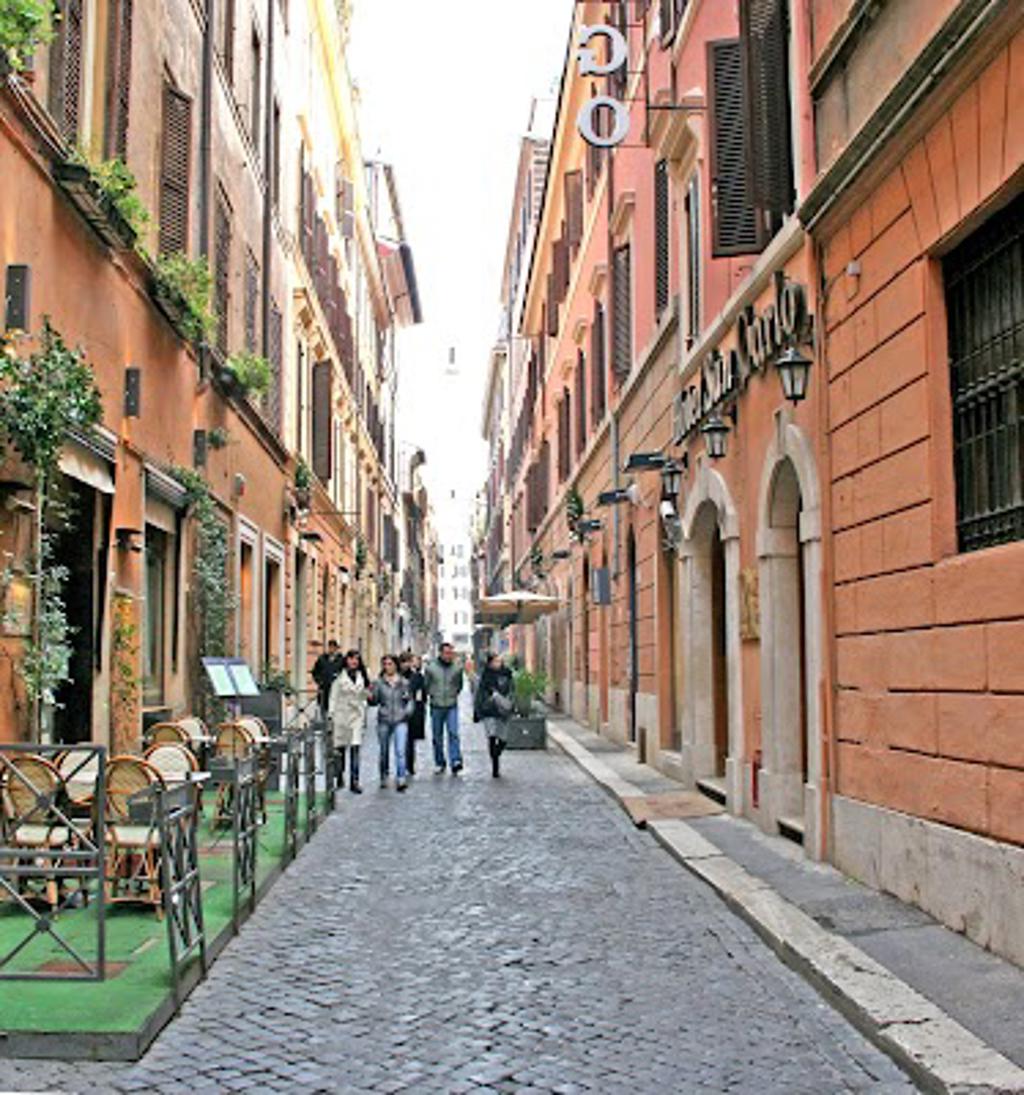
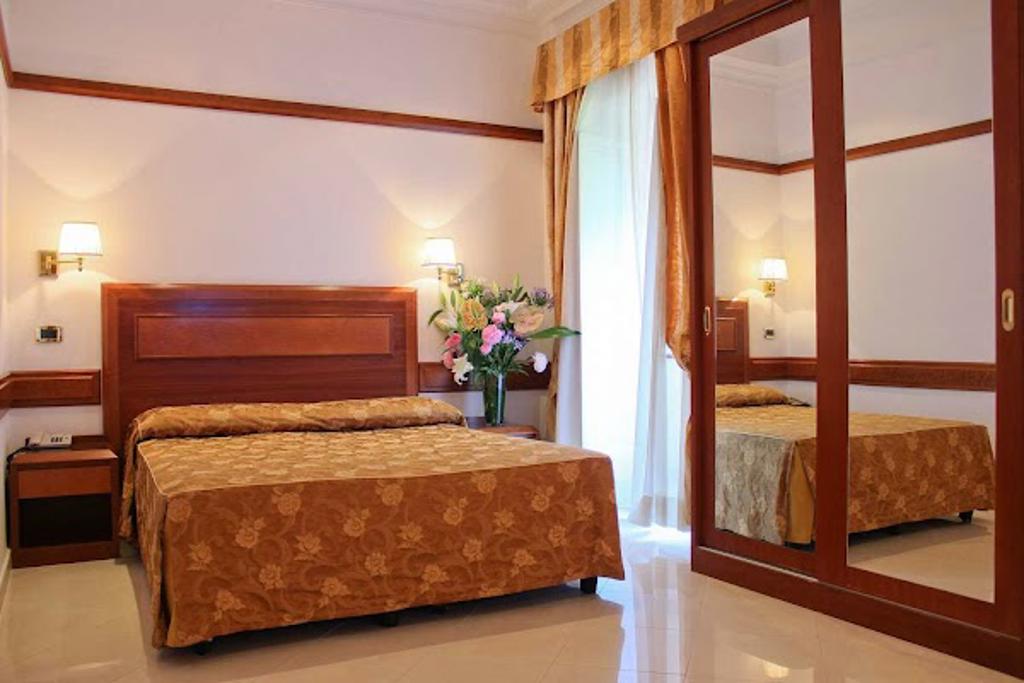
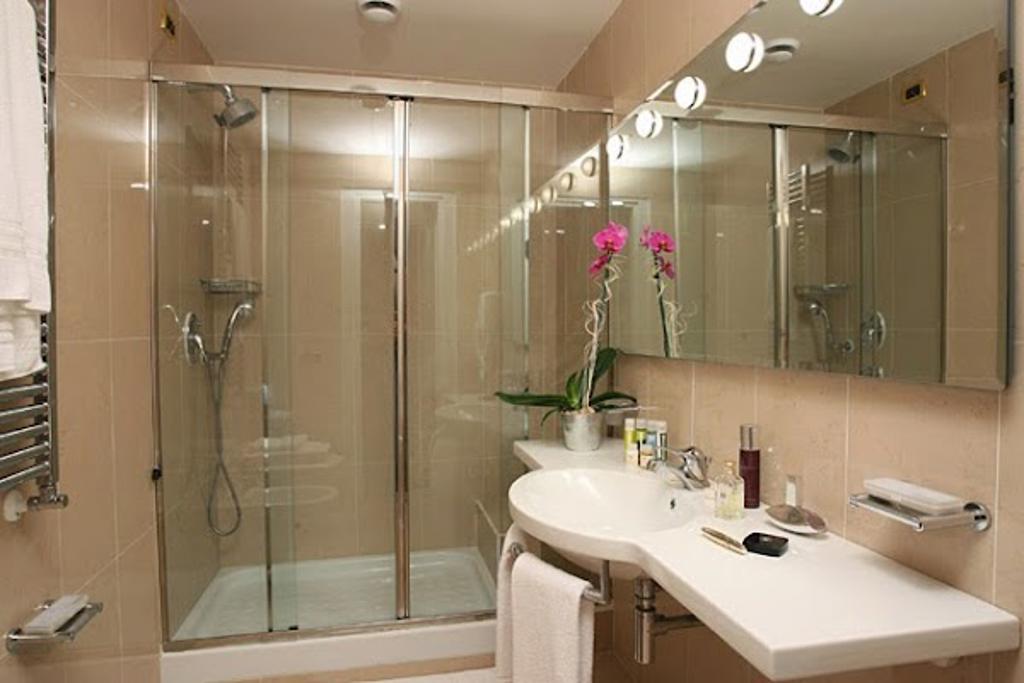
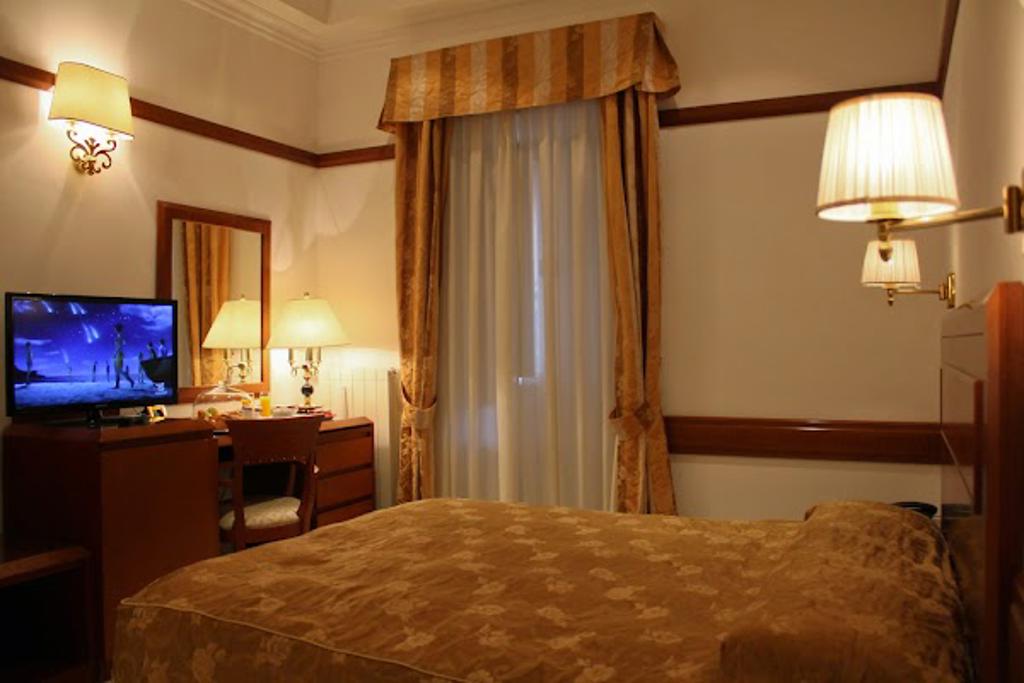
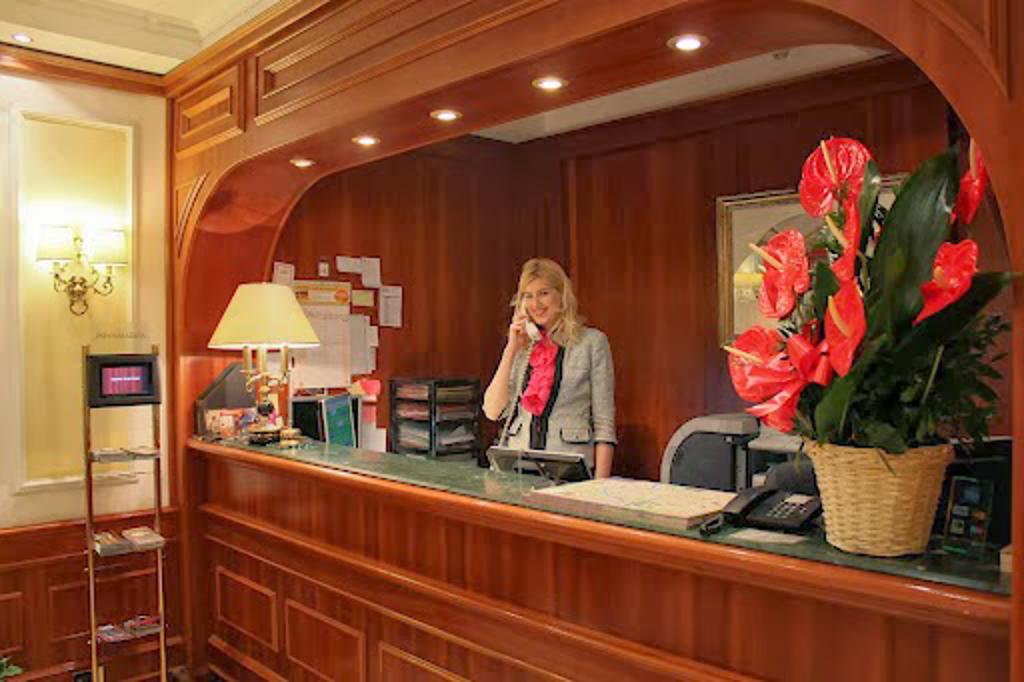

Map loading...
Location
Vicolo del Grottino, 00187, Rome
